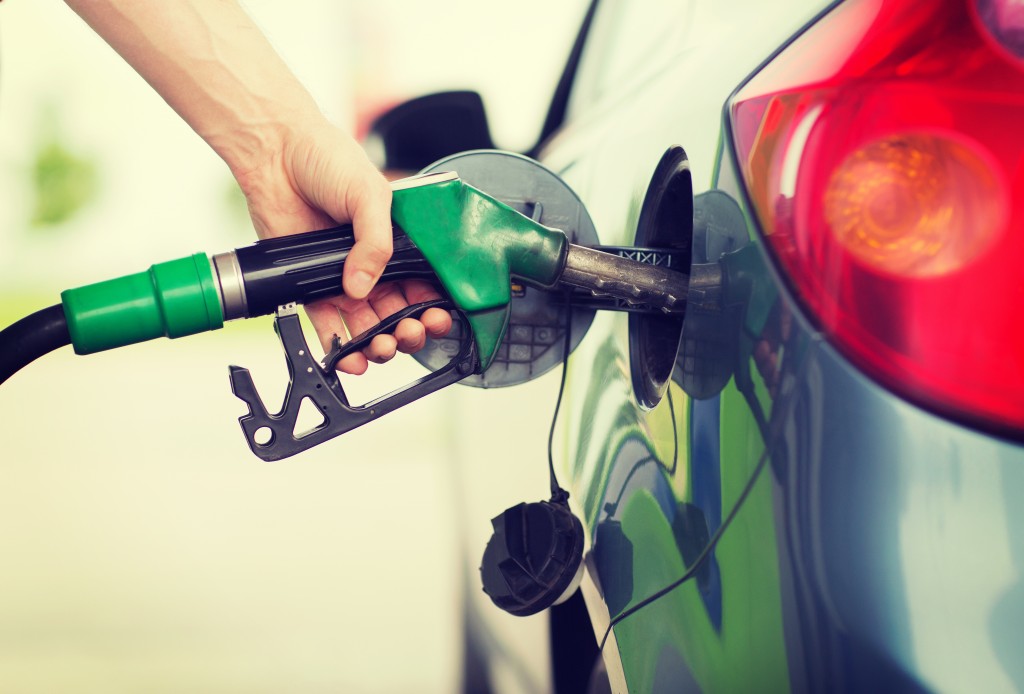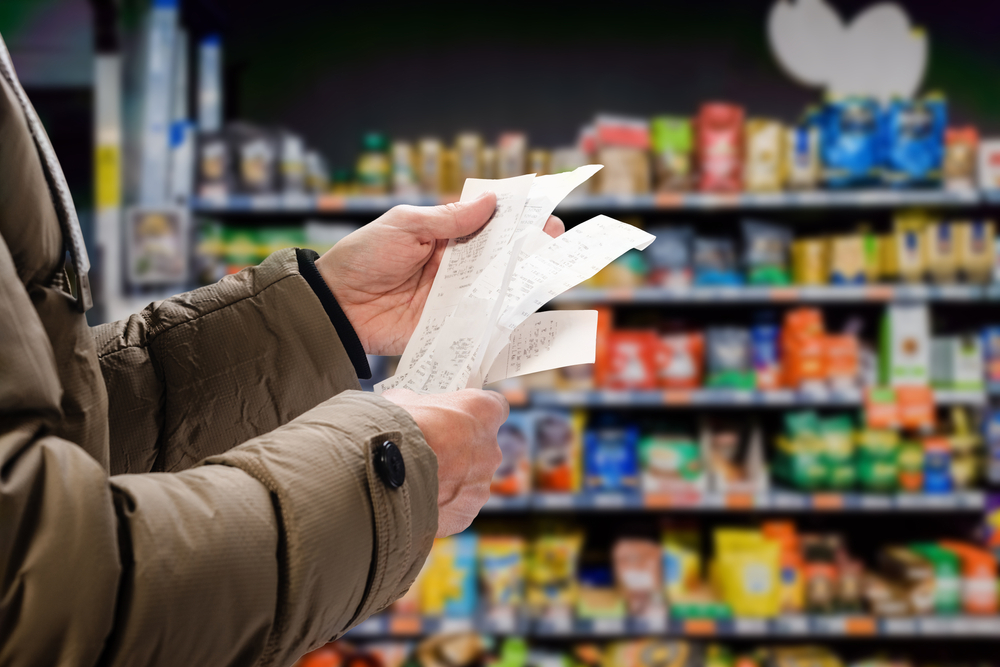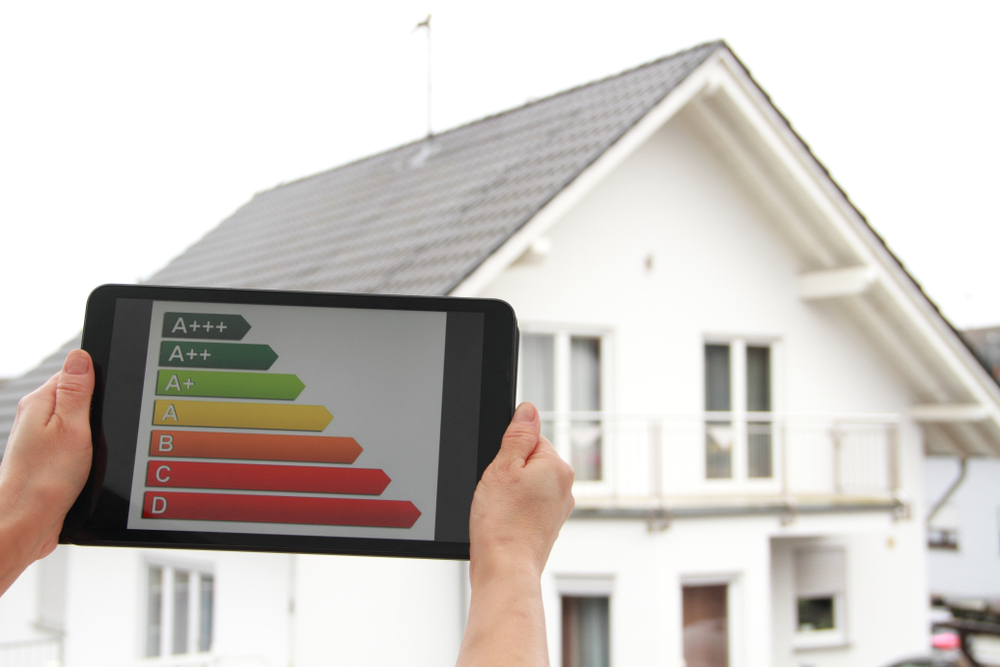Retailers are making too much profit at the pumps thanks to their high petrol prices in a "weak competition", a report finds.
Supermarkets in particular are making more profits now than in the last seven years.
Forecourts outside stores like Morrisons, Sainsbury’s and Asda recorded margins of 4% back in 2017, but that amount has shot up to 7.8%, according to a report from the Competition and Markets Authority (CMA).
Dan Turnbull, senior director of markets at the CMA, said the regulator was “particularly concerned by high margins, which indicate weakened competition”, which “is not a good sign for drivers.”
The report revealed the CMA’s observations since its previous update in November, ahead of its mooted upheaval into the competition of petrol retailers, called Pumpwatch.
No date for ‘Pumpwatch’ confirmed
Its purpose is to give drivers the chance to compare real-time prices at the pumps, which will be accessible through travel apps like Google Maps and comparison sites.
In July 2023, the body set out its plan to make the petrol industry more competitive by introducing the fuel funder scheme and, while changes will come into effect “later this year”, no date has yet been set.
Turnbull said the findings “reinforce the need for Pumpwatch and statutory powers to be in place as soon as possible… to ensure competition is effective in this market and to get a better deal for UK drivers.”
There was, in fact, a gradual reduction in petrol prices between October and late January (from 153.97p per litre (ppl) to 139.99ppl), but the costs for drivers to fill their tank have since shot up.
Petrol and diesel rose by 5ppl and 6ppl
Prices rose by around 5ppl to 144.73ppl for fuel and, after a similar dip, diesel prices moved back up by 6ppl to 154.53ppl.
Meanwhile, another measure that indicated a lack of retail competition in the sector was in the retail spreads of the prices. For petrol, this averaged 15.2ppl, and for diesel, it was 15.15ppl between November and February.
This logs the average price that drivers pay at the pump compared to the benchmarked price that retailers buy fuel at.
The CMA will now wait for the outcome of a consultation by the Department for Energy Security and Net Zero (DESNZ), which closed on 12 March.
‘Once-in-a-generation’ chance to fix petrol prices
Simon Williams, RAC head of policy, said: “We have long flagged the problem of some retailers inflating their margins on fuel, which has been to the severe detriment of drivers, who are already having to cope with wider spiralling motoring-related costs.
“It’s extremely encouraging to see the CMA keeping a close eye on this, as it should make retailers think twice about upping their margins.”
Williams added: “We now need to ensure that this once-in-a-generation opportunity of guaranteeing fairer fuel prices isn’t missed.”





